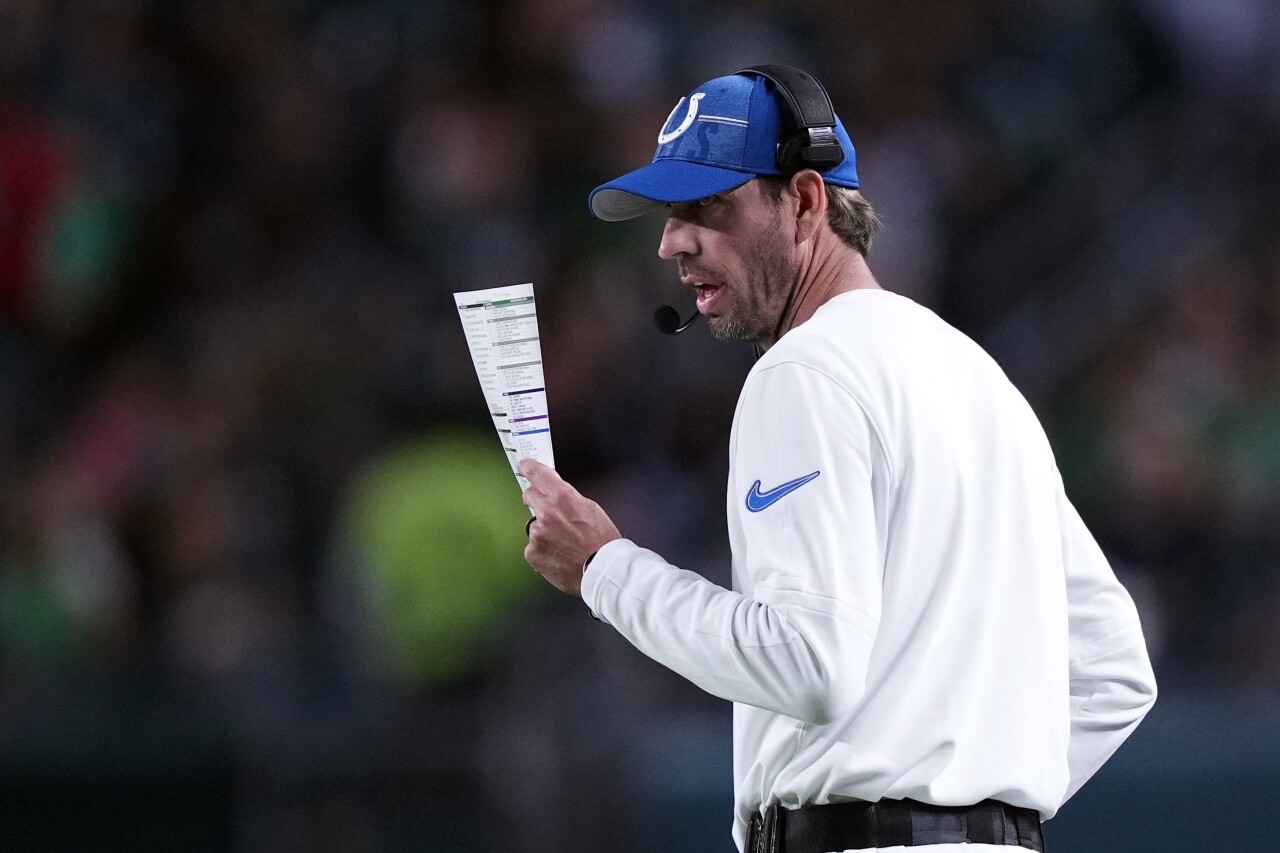INDIANA — Videos shared with WRTV show what has now been confirmed as a fireball meteor soaring through the sky early Friday that was seen by many in central Indiana.
Viewers said on social media that they had seen the meteor shortly before 2 a.m. People in communities including Noblesville, Columbus, Franklin, Seymour, Bedford, Burlington, Yorktown and Frankfort all told WRTV they had seen it.
Others also reported hearing a loud "boom" — and some said they felt their houses shake.
The American Meteor Society, a nonprofit that tracks meteor activity, recorded numerous reported sightings around the same time overnight.
Mike Hankey, operations manager for AMS, confirmed the object was a fireball meteor in an email to WRTV at 11 a.m. Friday.
According to AMS' website, people reported seeing a possible meteor from neighboring states of Illinois, Michigan, Ohio and Kentucky.
AMS defines a fireball as a very bright meteor, generally brighter than a magnitude -4, which is about the same magnitude of the planet Venus as it's seen in the morning or evening sky.
"Most fireballs disintegrate in the atmosphere, however a small subset can survive passage and produce meteorites. Delayed booms, are usually a sign that some meteorites may have survived. In this case, there were almost a dozen reports with delayed booms. This is good for meteorites," Hankey said.
Hankey said meteorites that drop fireballs typically end up being spread across a long, narrow length called a "strewnfield", which is usually about 10 miles long and a mile wide.
Unlike in movies, the rock almost always denotes tens of miles up in the sky, which creates thousands of smaller fragments. Those fragments then float to and are spread out over the ground, Hankey said.
The stones are usually about the size of a grape but have been known to reach the size of a baseball or larger. They typically don't cause much damage unless one of them hits a house, car or person.
"A house or car hitter is actually a good thing (if no one is hurt), because it tells us where the strewnfield is. Without the house-hitter it is pretty difficult to locate the meteorites. Even with the AMS tools there is still uncertainty and finding meteorites even when you know the right place is difficult and takes a lot of time," Hankey said
Only two people have been stuck by meteorites in recorded history, according to Hankey.
Hankey said that, based on the current AMS reports and trajectory, the strewnfield is likely near the areas of Kokomo, Logansport and Peru.
The following map shows where witnesses reported hearing a delayed boom.

Hankey added that there is no agency in the U.S. that deals specifically with meteorites or meteorite falls.
"Both NASA and NOAA have limited interest in the phenomenon, but they are not tasked with following up or recovering debris or anything like that. This task is usually handled by locals and amateur and professional meteorite hunters and hobbyists," he said.
Anyone can report a possible meteor or meteorite sighting to AMS online.
-

Indianapolis Venezuelans react to U.S. operation targeting Nicolás Maduro
Venezuelans living in central Indiana are reacting with relief and emotion following reports of U.S. airstrikes and the capture of Venezuelan leader Nicolás Maduro.
ISP seizes estimated $7 million of cocaine during DOT compliance inspection
309 pounds of cocaine, worth an estimated $7 million, were seized by Indiana State Police on Saturday during a routine DOT inspection, according to a release from Governor Mike Braun's Office.
Texans win 38-30 over Colts, clinch No. 5 seed in AFC playoffs
It’s the seventh straight loss for the Colts (8-9), who were eliminated from postseason contention with Houston’s win last week.
Colts: Ballard and Steichen Will Return for 2026
The Colts made the decision to bring back Head Coach Shane Steichen and General Manager Chris Ballard for 2026.







